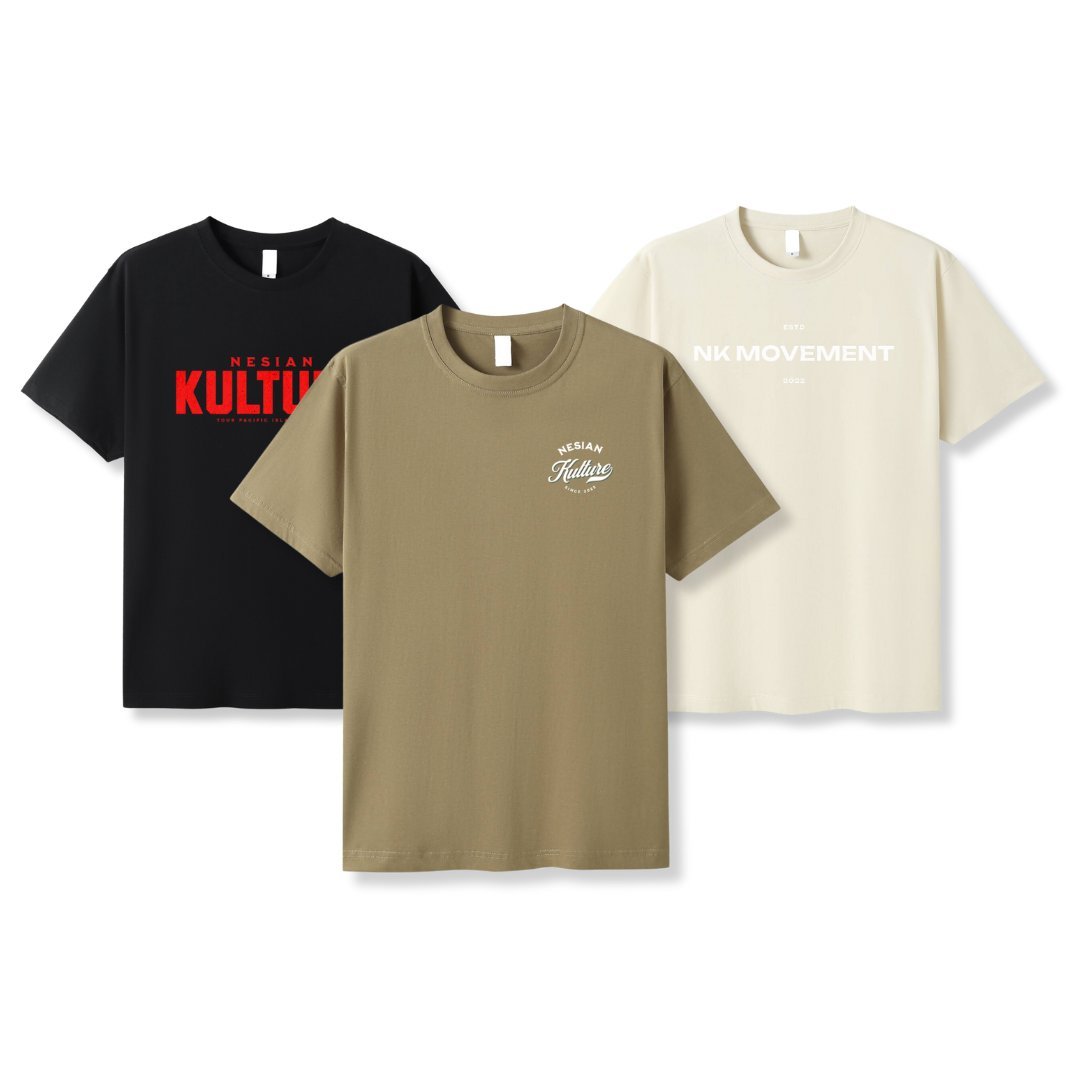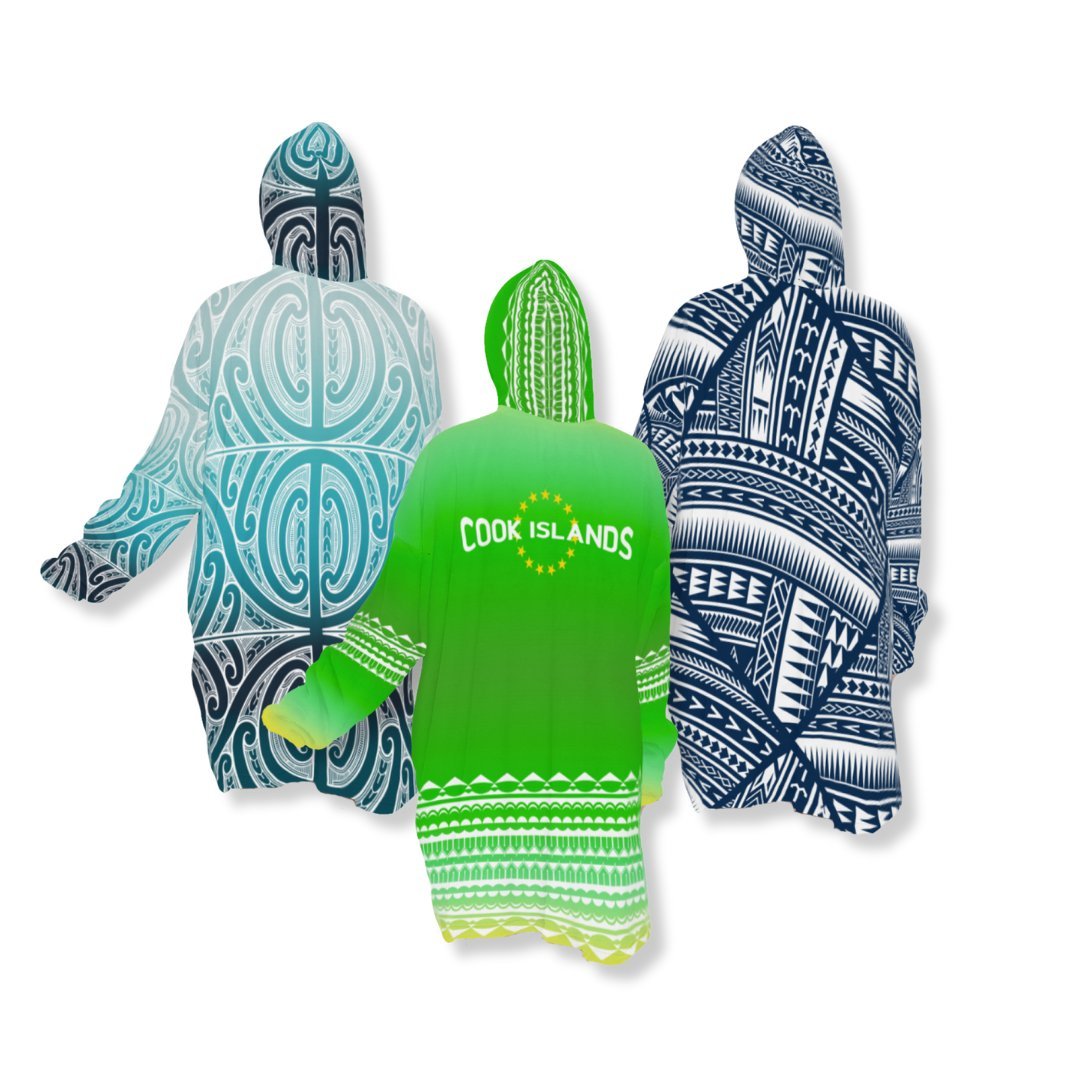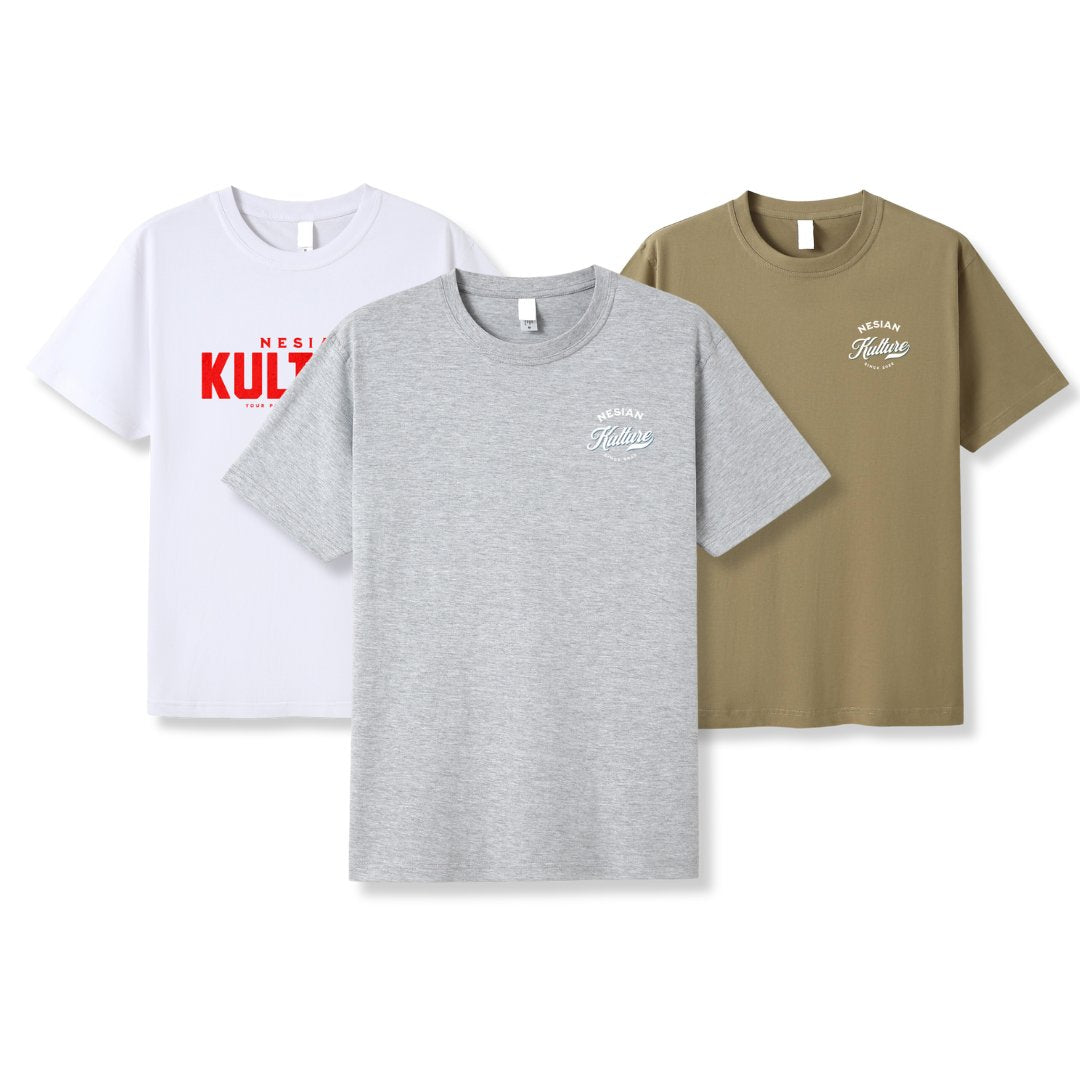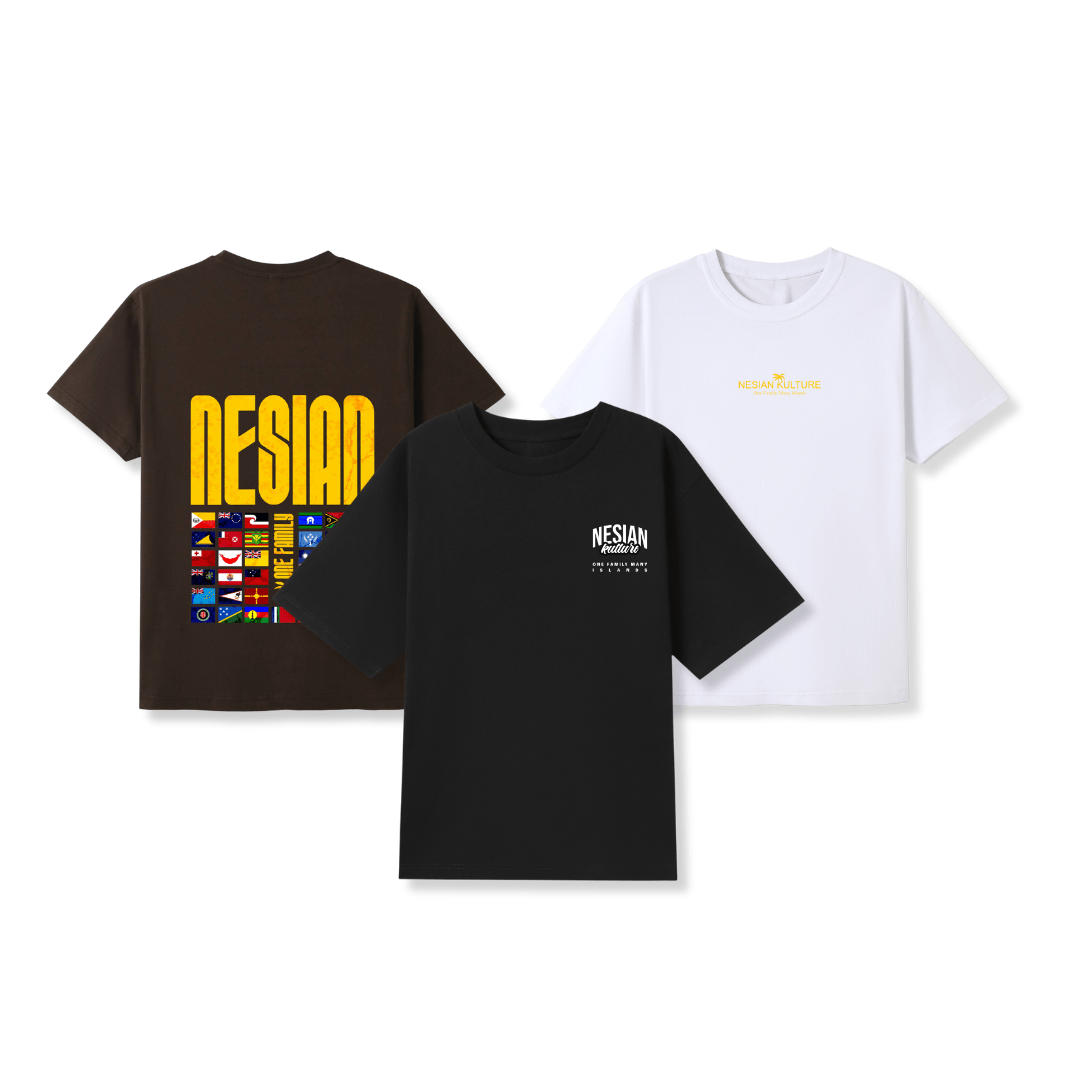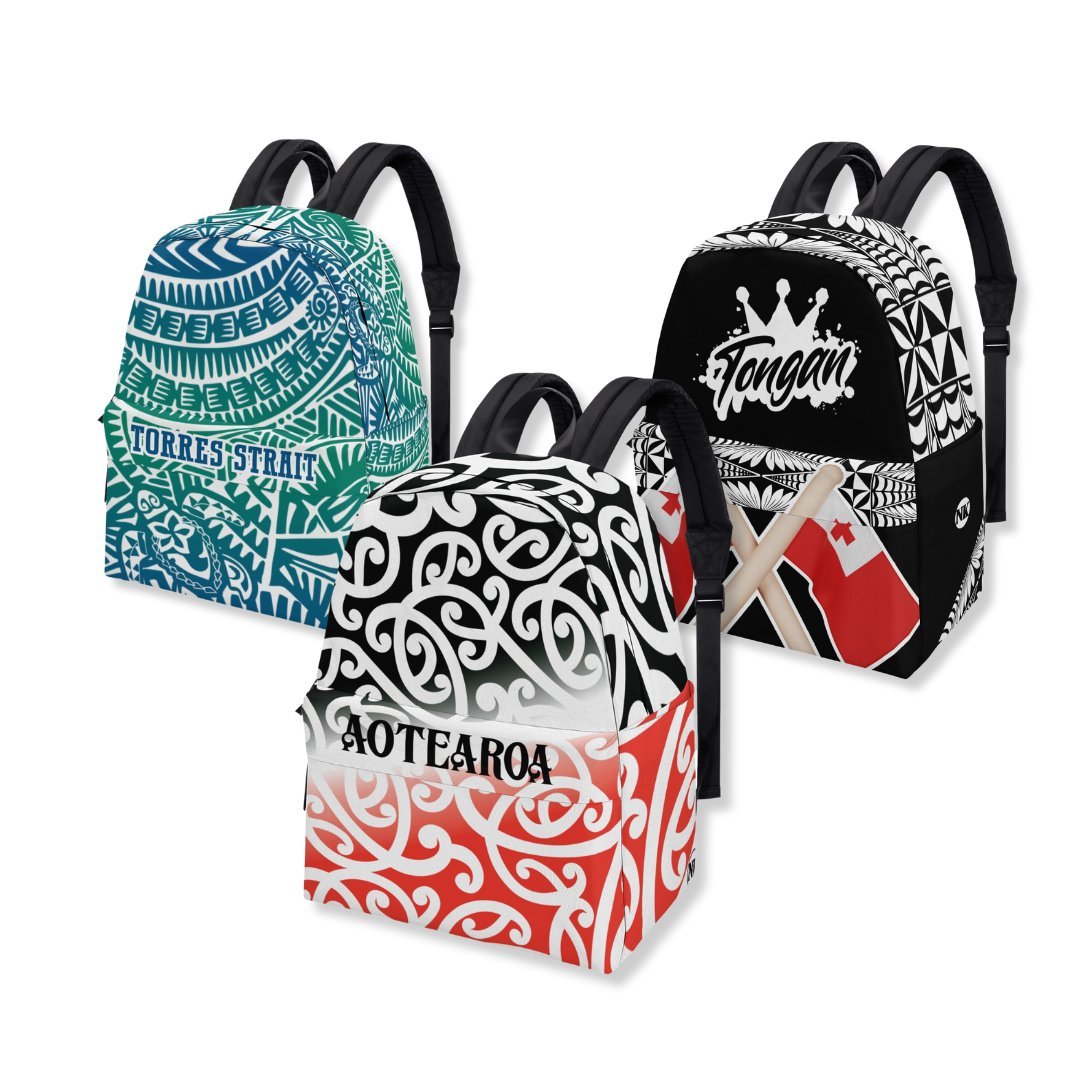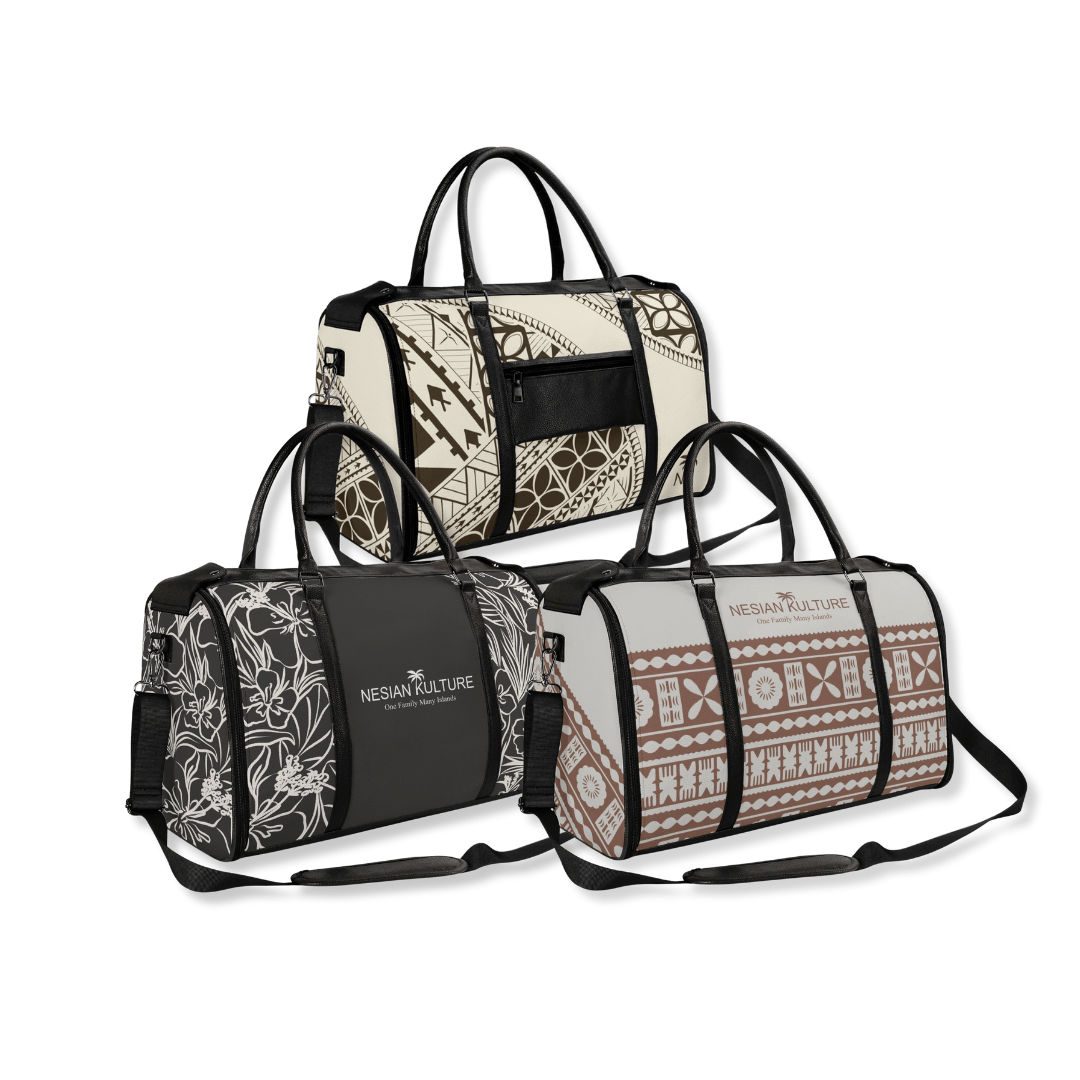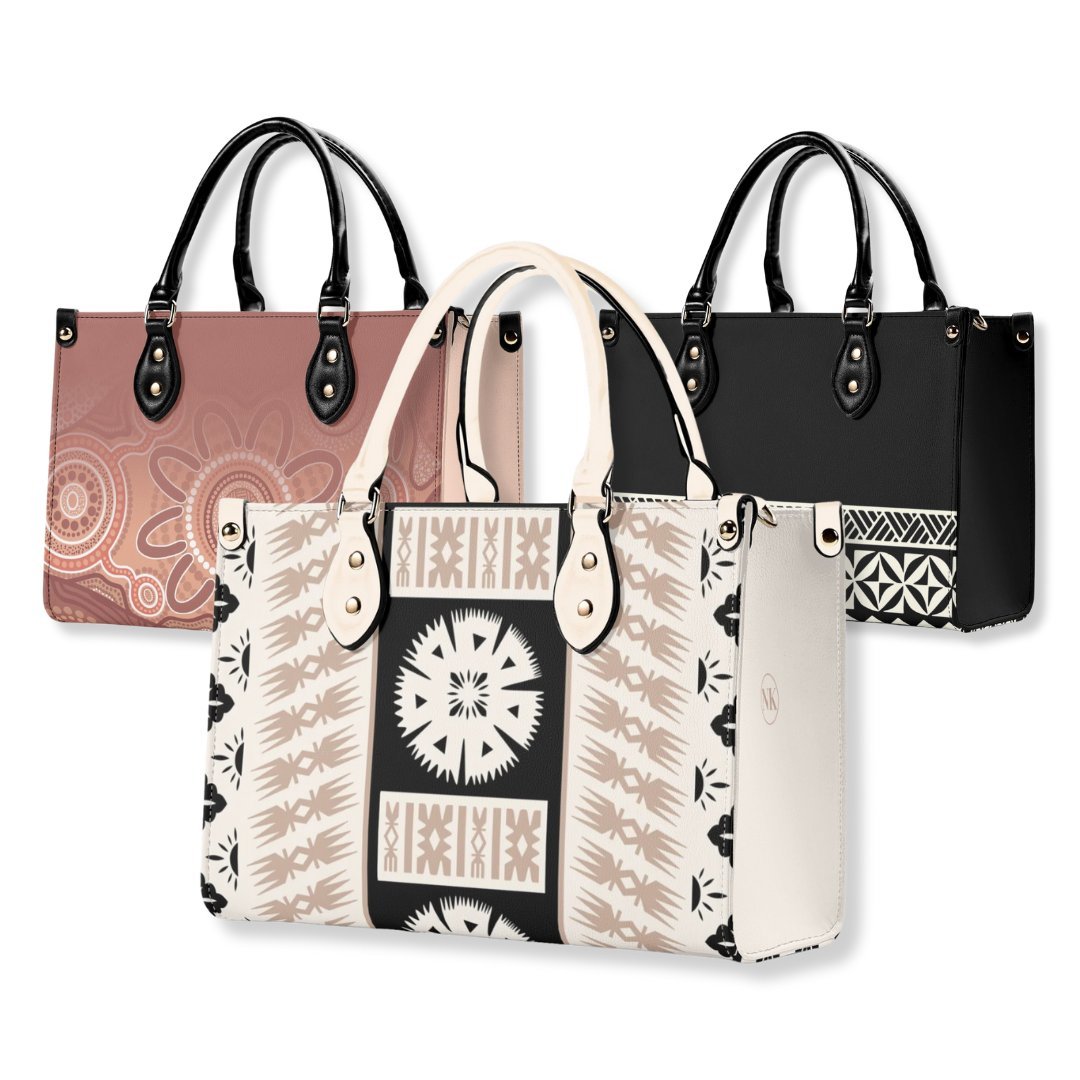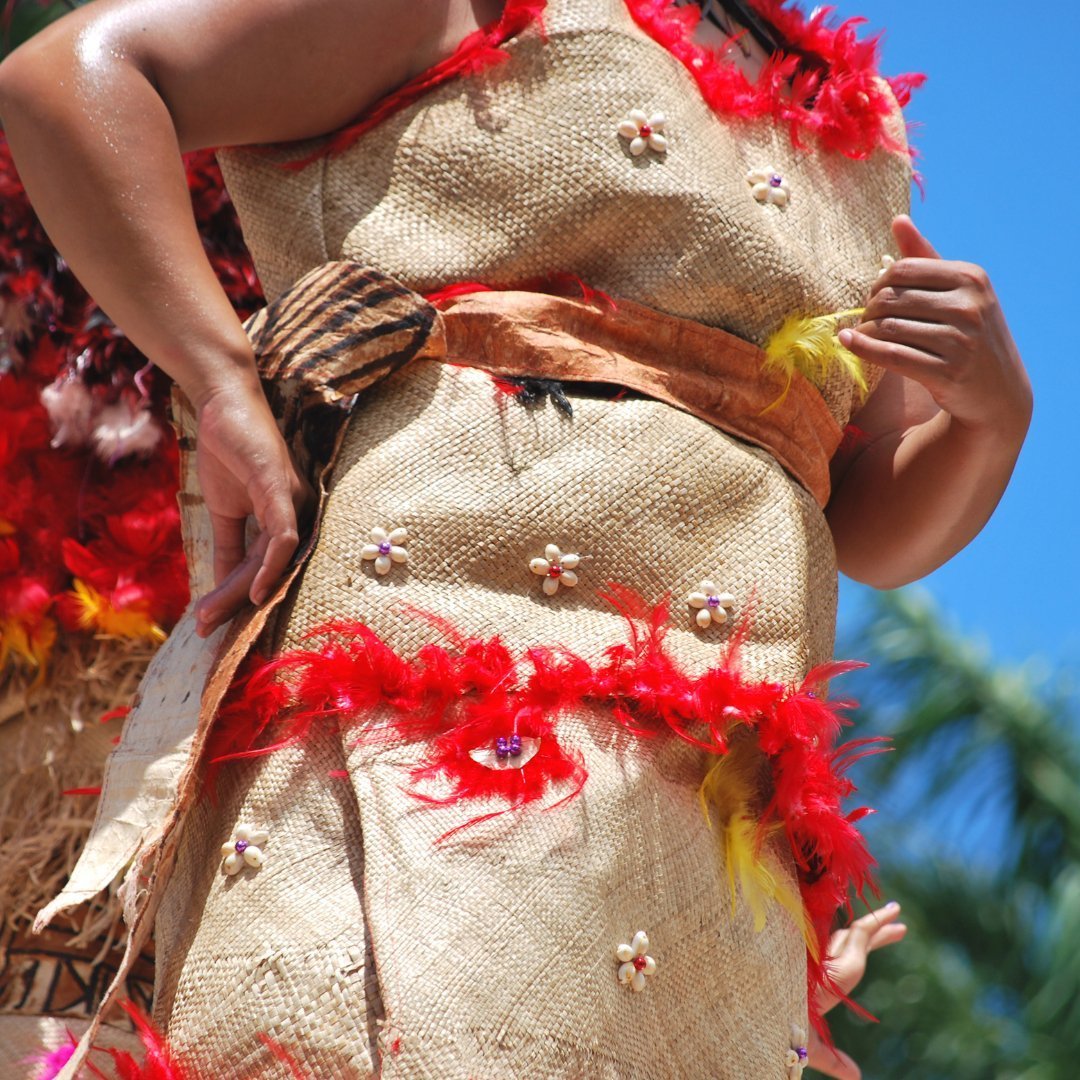
What is the most respectful act in the Tongan culture?
Tauʻolunga – The Dance of Honour in Tongan Culture
Introduction
In Tonga, one of the most respected and meaningful traditions is the Tauʻolunga, a graceful dance performed by women to express honour, femininity, and cultural identity. It is not entertainment. It is a representation of fakaʻapaʻapa (respect), lotō tō (humility), and the role of women in upholding family and tradition.
Whether performed at weddings, 21st birthdays, reunions, or church events, Tauʻolunga is more than movement, it is a public act of giving honour to God, to the family, and to the community.
Who Performs the Tauʻolunga?
The Tauʻolunga is performed almost always by young unmarried women, usually a daughter, niece, or granddaughter chosen to represent her family. She performs on behalf of the family during major celebrations or milestone events.
The dance is done solo or with a small group, but the focus is on the main dancer. Men do not perform the Tauʻolunga. However, young men or boys may support the performance through pasi (clapping in rhythm), usually in a seated circle to enhance the atmosphere.
Other dances such as Lakalaka and Maʻuluʻulu are also performed in Tongan events and involve both men and women but the Tauʻolunga is strictly a woman’s dance, rooted in grace, poise, and the showcasing of female cultural dignity.
The Meaning Behind the Dance
Every hand gesture, eye glance, and step in the Tauʻolunga has meaning. The dancer moves slowly and with purpose, often showing:
-
Lotō tō (humility)
-
Fakaʻapaʻapa (respect to the elders and guests)
-
Love and honour to the person or occasion being celebrated
The dancer avoids excessive smiling or dramatic expressions. Instead, she keeps her movements soft and respectful. Her body posture is upright, her hands are lifted with purpose, and her eyes often look slightly down or to the side to reflect humility.
Traditional Costume and Appearance
The dancer is carefully dressed by her female relatives. Her entire presentation is part of the honour being given:
-
Tauʻvala: a woven mat worn around the waist, often smaller and more decorative than the formal funeral version
-
Sisi: fragrant belts made of flowers, leaves, or soft materials tied around the waist, wrists, and ankles
-
Kafa: the braided rope or cord used to tie the tauʻvala
-
Lolo (coconut oil): applied to the dancer’s skin to make it glow, which represents freshness, purity, and beauty
-
Flowers and shells: used in her headpiece or chest adornments
These garments are not spiritual or sacred in a religious way, but they are treated with high respect. They are made by family members, passed down, and carefully handled after each performance.
How They Are Stored
Tongan families do not usually store mats or cultural items in containers. Instead, they are carefully:
-
Layered under mattresses in the bedroom
-
Sometimes given a dedicated storage bed just for taʻovala, kiekie, and special mats
This method:
-
Keeps them from creasing or cracking
-
Protects them from dust, sun, or damage
-
Makes them accessible for use at the next family event
-
Shows respect by placing weight on them to preserve their shape and value
This is the most common and trusted method in Tongan homes not only for practical reasons but as a form of honouring the items made by ancestors or loved ones.
Purpose and Cultural Importance
Tauʻolunga is a way for a young woman to publicly honour her family and guests. It is also an offering of her presence, her grace, her service.
After the performance, it is common for guests or family members to fakapale (reward) the dancer by walking up and placing money on her or tucking it into her costume as a sign of appreciation and blessing. This moment is joyful and respected, often photographed and cherished.
The dance teaches young girls about self-control, respect, and the importance of presentation. It also creates memories that bond generations together.
Family Legacy: Daughters Carrying the Tradition
Photo: My daughters and nieces preparing for their Tauʻolunga at a family reunion.
Seeing my daughters and nieces dressed in these garments and performing this dance is not just for show. It is the continuation of a legacy, one that connects us back to our parents, grandparents, and cultural roots.

Conclusion
Tauʻolunga is not just a dance. It is an act of fakaʻapaʻapa. It is how we as Tongans celebrate with dignity, present our daughters with honour, and uphold our values through movement and presence.
Related Posts

ONE FAMILY. MANY ISLANDS — THE STORY BEHIND THE WORDS
Discover the true story behind Nesian Kulture’s tagline “One Family. Many Islands.” — a movement born from Susan’s childhood as...
Read More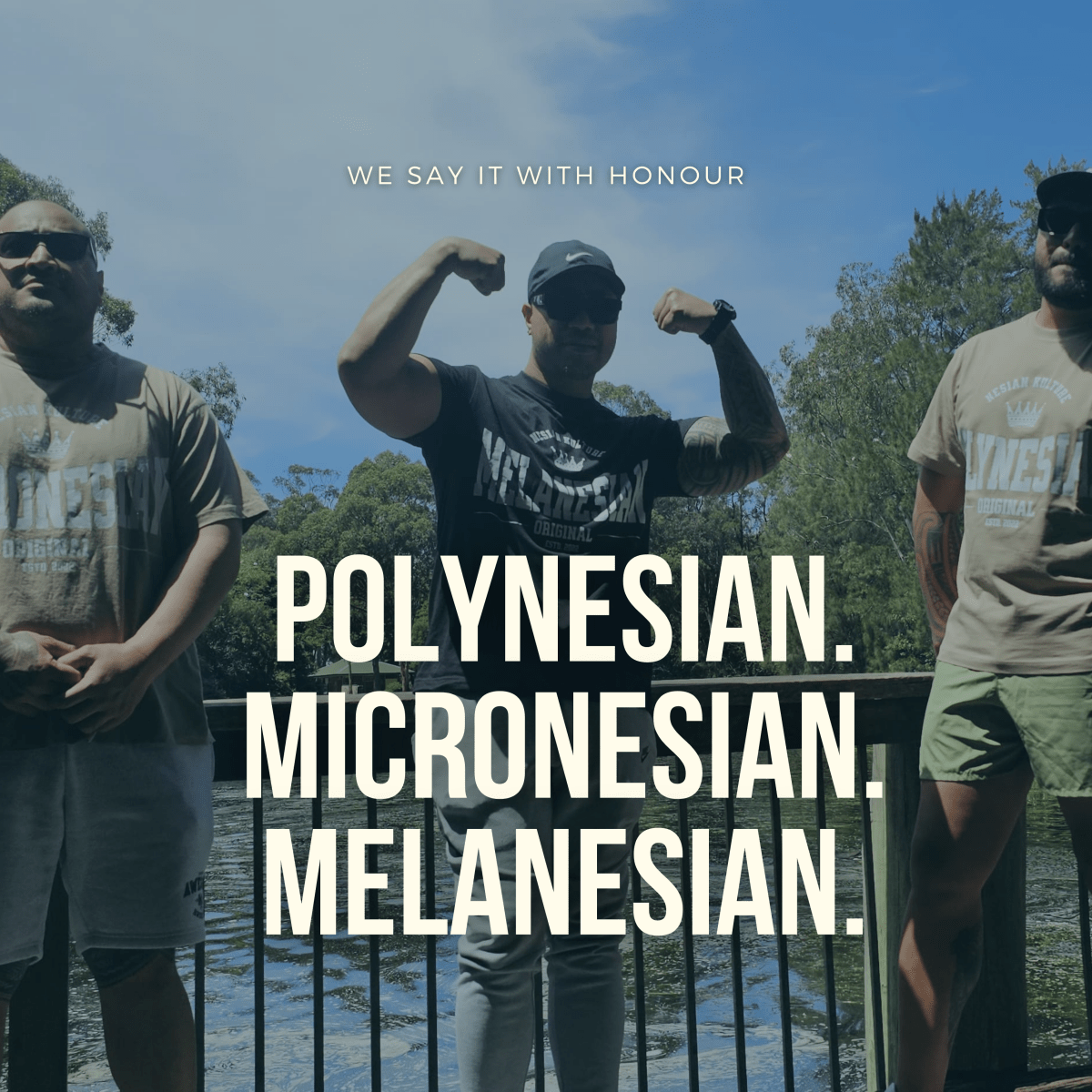
We Still Say Polynesian, Micronesian & Melanesian — And We Say It With Honour
Some say we shouldn’t use names like Polynesian, Micronesian, or Melanesian. At Nesian Kulture, we believe those names no longer...
Read More